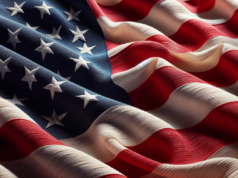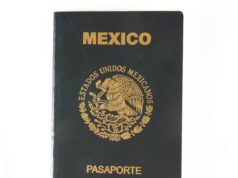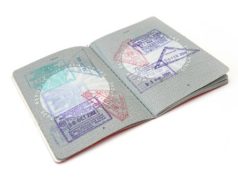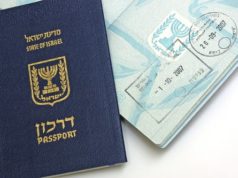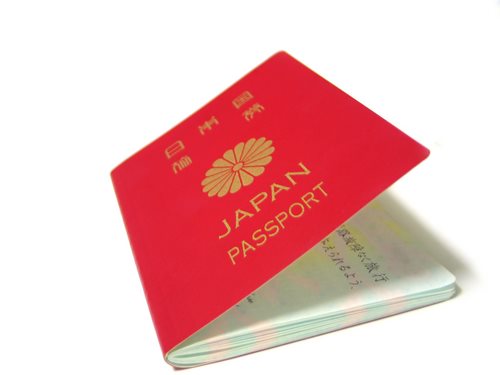
The Japanese Immigrants: A Rich Cultural Heritage
Migration has been a significant part of human history, with people travelling from one geographic location to another in search of new opportunities, adventures, or just a new beginning. One such community that has been making waves with its cultural richness is the Japanese immigrants. This group of people, who have come to the United States of America and other countries, has contributed significantly to various fields of art, cuisine, science, technology, medicine, and much more. Even today, their contributions are visible in several areas, leaving us with a world that is richer and more vibrant than it would have ever been otherwise.
The history of Japanese immigration to the US goes back to the late 1800s, when the country was going through rapid industrialization and economic growth. At the same time, Japan was undergoing a paradigm shift, with political unrest and economic distress leading many Japanese to look towards greener pastures. Many of them chose the US as their destination, hoping to find stability and a better quality of life. Over time, these immigrants have evolved into a thriving community that continues to bridge the gap between the two cultures.
Japanese Culture in America
Importance of Japanese Cuisine
Japanese cuisine has become synonymous with sushi, ramen, and teriyaki, amongst other dishes. However, Japanese cuisine is more than just a food style; it is an art form, with an intricate blend of flavors and aesthetics. In the US, Japanese cuisine has gained immense popularity, with many top-notch chefs and restaurants serving up authentic Japanese dishes. The Japanese ingredients used in cooking, such as miso, seaweed, bonito, and shiitake, have also made their way into American diets.
A lot of credit for popularizing the Japanese cuisine in America goes to the first-generation Japanese chefs who came to the US. They infused traditional Japanese flavors with the local produce and cooking techniques, creating a unique fusion of flavors. The contribution of second-generation Japanese Americans has been no less. They have taken the culinary traditions of their ancestors to the new heights and created their own signature dishes.
Japanese Immigration and COVID-19
The onset of COVID-19 has been challenging for everyone across the world. However, the impact of the pandemic on the Japanese-American community has been immense. According to the report by the National Association of Asian Americans and Pacific Islanders, API communities are exposed to severe impacts of the crisis because of the multiple systemic, cultural, and linguistic barriers that they face. The Japanese community, too, has been affected adversely. Japanese-owned small businesses have suffered the most, with many losing their livelihoods. The elderly members of the community, who are more susceptible to the virus, have found themselves isolated and lonely, without access to family and friends.
However, the community has come together to support those who have been affected. The members of the Japanese American National Museum, along with other organizations and individuals, have come up with innovative ideas for social distancing while helping their fellow citizens. People have been creating care packages, delivering groceries and medication to those in need, and organizing virtual cultural events and activities to keep the community connected.
Japanese Art in America
Japanese art has always been revered for its simplicity, elegance, and intricate designs. It is an art form that has evolved over the centuries, with influences from different cultures. The Japanese style has, in turn, influenced many western artists, who have been fascinated by the contrast between the minimalistic design and the rich symbolism.
Japanese art has made a significant impact on the US, with several Japanese artists finding acclaim and recognition for their works. The art of origami, for instance, which involves paper folding to create intricate designs, has become a popular pastime for many Americans. The Japanese influence in architecture is also visible in the United States, with the use of Zen gardens and Koi ponds.
Japanese-American Scientists
The contributions of Japanese-American scientists have also been significant. Japanese immigrants, such as Kenjiro Takayanagi, known as the Father of Television, have made significant contributions to science and technology. The Japanese-American astronaut, Ellison Onizuka, became one of the seven crew members on the Space Shuttle Challenger, which tragically exploded shortly after liftoff.
Today, Japanese Americans continue to shine in various scientific fields, making notable contributions. Dr. Michio Kaku, a notable physicist, and futurist, is known for his work in string theory and other areas of theoretical physics. Dr. Yoko Kebukawa, a scientist working for JAXA, Japan’s space agency, has made headlines for her research on exoplanets and the origin of life.
Japanese-American Politicians
The Japanese-American community has also had its share of notable politicians and leaders. Daniel K. Inouye, the first Japanese-American to serve in the US Congress, served in various leadership roles for over 50 years. Other notable Japanese-American politicians include the former California Governor, George Ariyoshi, and the former Hawaii Governor and US Secretary of Energy, James Jim Richard Senetor.
Challenges Faced by Japanese Immigrants
Like any other immigrant community, Japanese immigrants have had to face challenges and obstacles. One of the most significant challenges that they faced was racial prejudice and discrimination. The attack on Pearl Harbor in 1941 led to widespread fear and distrust of Japanese Americans. Following the attack, the US military interned thousands of Japanese Americans, with many being held in camps for years, notwithstanding their status as US citizens or legal residents.
However, despite these challenges, Japanese Americans have persevered and thrived, carving out their unique place in American society.
Conclusion
The Japanese immigrant community has contributed immensely to various aspects of American life, from cuisine, art, science, and technology to politics. Japanese culture has become popular in the US, with sushi and ramen being mainstream food choices. Japanese art has left its mark on American architecture. Japanese Americans have made significant contributions to science, including Dr. Michio Kaku’s research on theoretical physics. Despite the challenges faced by the Japanese immigrant community, they have shown tremendous resilience and persevered. Through their efforts and contributions, they have enriched American life and culture, making it more vibrant and diverse.
Japanese immigration to America happened primarily on the West Coast and within Hawaii in the late 19th century. Around 1885, the first large groups of Japanese immigrants were brought over to work with growing various important crops for the United States.
In Hawaii, the Japan immigration had brought a number of individuals to help with plantations that grew sugarcane and pineapples. These were the staple crops that Hawaii produced and the Japanese immigrants were hired to help keep the production of the plantations fluid and progressive.
Within the continental United States, the Japanese immigration movement brought a number of individuals to California; here is where they were put to work in produce and fruit farms. However, much like the Chinese immigration movement, the Japan immigration movement was beginning to heighten the agitation of individuals who lived in the United States, with the new immigrants.
As a result, in 1907 there was a gentlemen’s between the nation of Japan and the United States to have Japan stop issuing worker’s passports to come into the United states. This did not stop immigration all together; the exceptions for Japanese immigration at this time were the spouses of those who were already working in the United States, and a select group of individuals who were requested to move to America. However, in 1924 a formal act called the Immigration Act of 1924 helped to tighten the banning of individuals.
However, in the short time that immigration had occurred, from 300,000 to 1 million Japanese immigrants had been brought into the nation. This was one of the biggest movements of immigration into the United States.





